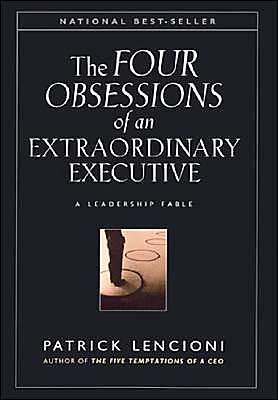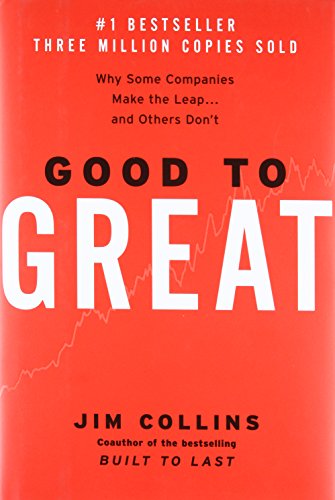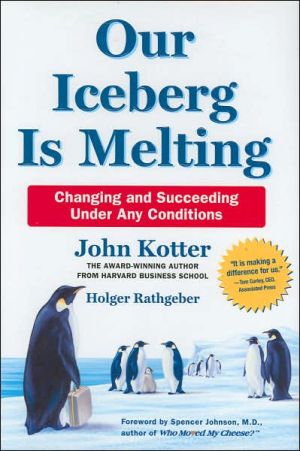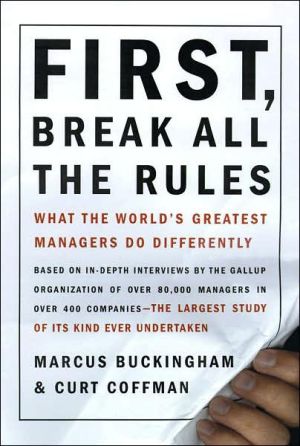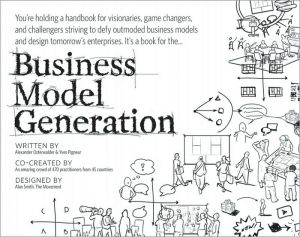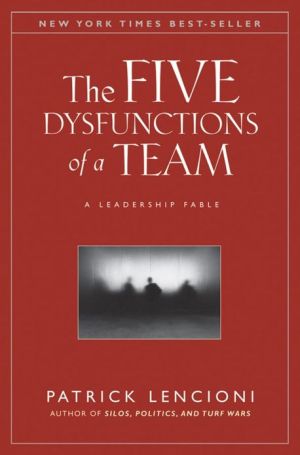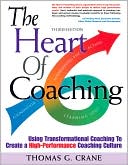Four Obsessions of an Extraordinary Executive: A Leadership Fable
In this stunning follow-up to his best-selling book, The Five Temptations of a CEO, Patrick Lencioni offers up another leadership fable that's every bit as compelling and illuminating as its predecessor. This time, Lencioni's focus is on a leader's crucial role in building a healthy organization—an often overlooked but essential element of business life that is the linchpin of sustained success. Readers are treated to a story of corporate intrigue as the frustrated head of one consulting firm...
Search in google:
In this fictional story of corporate intrigue, the author of the bestselling book, The Five Temptations of a CEO, identifies four simple principles business leaders can use to guide the complex process of building healthy organizational culture. Companies succeed for just two reasons: they are smart, and they are healthy. Unfortunately, most executives spend far more time on making their organizations smart than they do on making them healthy. This makes little sense when one considers the most amazing characteristic of healthy organizations: they eventually find ways to become smarter than their competitors. In this uniquely readable book, practical advice for business leaders is woven into a captivating tale of two rival business leaders who discover both the perils of an unhealthy culture and the secrets of healthy ones. A special section at the end of the story guides readers in implementing the model in their own companies. Booknews Lencioni (a private consultant) presents a fable of leadership focusing on the leader's crucial role in building a healthy organization. With the story of a fictional CEO, Lencioni illustrates four key disciplines to leadership. These disciplines are: building and maintaining a cohesive leadership team, creating organizational clarity, over-communicating organizational clarity, and reinforce organizational clarity through human systems. The final chapter offers instructions on putting these principles into practice. No index. Annotation c. Book News, Inc., Portland, OR (booknews.com)
IntroductionxiiiPart 1Green's Pain1The Rival3Reconnaissance5Part 2The History9Two CEOs11Desperate Epiphany14Practice17The Gatekeeper20Asleep at the Gate22Misorientation28Hesitation31Confrontation34The Virus38Mending Fences40Off-Sites43
